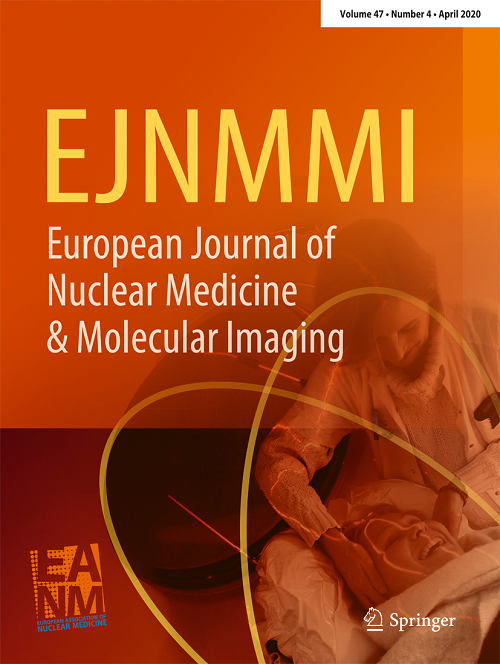核医学研究中的图像欺诈。
IF 7.6
1区 医学
Q1 RADIOLOGY, NUCLEAR MEDICINE & MEDICAL IMAGING
European Journal of Nuclear Medicine and Molecular Imaging
Pub Date : 2025-08-16
DOI:10.1007/s00259-025-07515-5
引用次数: 0
摘要
目的了解核医学研究人员对图像造假的经验和态度,以及对预防措施的看法。方法调查对象为2021 - 2024年间在3种核医学期刊上发表文章的通讯作者。参与者被问及他们与医学形象欺诈有关的经历,以及他们对其流行程度、原因和潜在预防措施的看法。结果入选的2837位通讯作者中,完成问卷调查的有284位(10.0%)。284名受访者中,大多数是拥有10年以上研究经验的欧洲男性医学博士。虽然91%的人表示从未感受到伪造医学图像的压力,但13.7%的人承认在过去五年中有过这样的行为,38.7%的人目睹过同事从事此类行为。常见的形式包括挑选、未经授权的图像重用和误导性的增强。在过去五年中,1.1%的人承认使用人工智能伪造医学图像,而2.8%的人表示目睹了同事这样做。没有人口统计学因素与不当行为显著相关。主要的驱动因素包括出版压力、竞争和审美期望。受访者强调需要更大的透明度、监督和文化变革。目前的保障措施一般被认为是无效的。更严格的政策、提高意识和人工智能工具被认为是潜在的解决方案。结论核医学研究中图像造假现象较为普遍。这种情况在其他同事中出现的频率要高于个别研究人员的自我报告。研究结果强调需要培养一种研究诚信的文化,并采取更强有力的预防措施,包括提高认识、更严格的期刊政策和改进控制。本文章由计算机程序翻译,如有差异,请以英文原文为准。
Image fraud in nuclear medicine research.
PURPOSE
To assess nuclear medicine researchers' experiences and attitudes toward image fraud, as well as their perspectives on preventive measures.
METHODS
This survey targeted corresponding authors who published in three nuclear medicine journals between 2021 and 2024. Participants were asked about their experiences related to medical image fraud, as well as their views on its prevalence, causes, and potential preventive measures.
RESULTS
Of the 2,837 corresponding authors invited, 284 (10.0%) completed the survey. Most of the 284 respondents were mid-career European male MDs with over 10 years of research experience. While 91% reported never feeling pressured to falsify medical images, 13.7% admitted doing so in the past five years, and 38.7% had witnessed colleagues engaging in such practices. Common forms included cherry-picking, unauthorized image reuse, and misleading enhancements. In the past five years, 1.1% admitted using AI to falsify medical images, while 2.8% reported witnessing colleagues do so. No demographic factors were significantly associated with misconduct. Key drivers cited were publication pressure, competition, and aesthetic expectations. Respondents emphasized the need for greater transparency, oversight, and cultural change. Current safeguards were generally considered ineffective. Stricter policies, increased awareness, and AI tools were suggested as potential solutions.
CONCLUSIONS
Image fraud in nuclear medicine research appears to be relatively prevalent. It is more frequently witnessed among other colleagues than self-reported by individual researchers. The findings highlight the need to fostering a culture of research integrity and for stronger preventive measures, including greater awareness, stricter journal policies, and improved control.
求助全文
通过发布文献求助,成功后即可免费获取论文全文。
去求助
来源期刊
CiteScore
15.60
自引率
9.90%
发文量
392
审稿时长
3 months
期刊介绍:
The European Journal of Nuclear Medicine and Molecular Imaging serves as a platform for the exchange of clinical and scientific information within nuclear medicine and related professions. It welcomes international submissions from professionals involved in the functional, metabolic, and molecular investigation of diseases. The journal's coverage spans physics, dosimetry, radiation biology, radiochemistry, and pharmacy, providing high-quality peer review by experts in the field. Known for highly cited and downloaded articles, it ensures global visibility for research work and is part of the EJNMMI journal family.

 求助内容:
求助内容: 应助结果提醒方式:
应助结果提醒方式:


